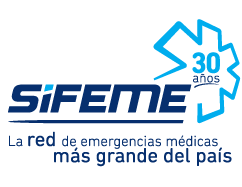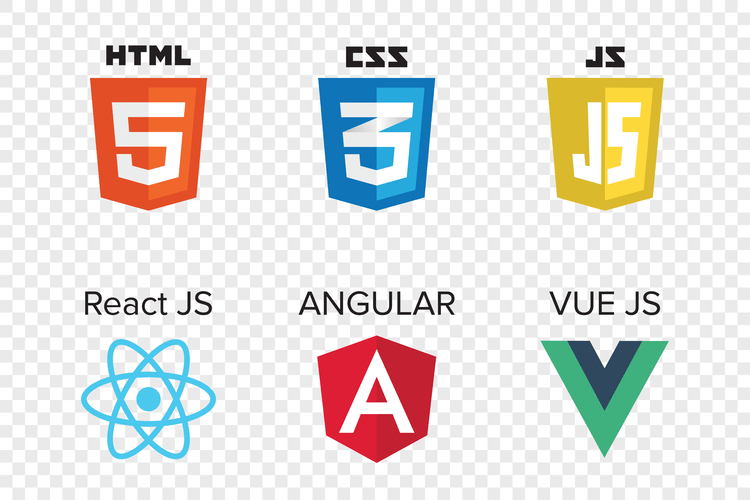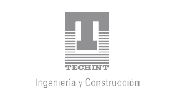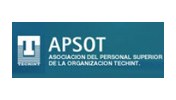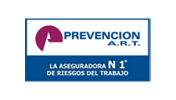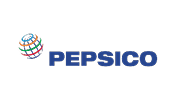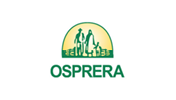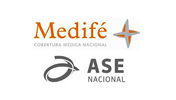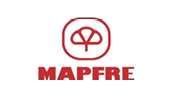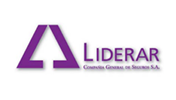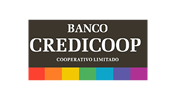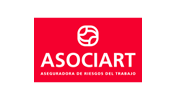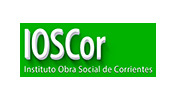With over 17 years of professional experience, he specializes in testing consultation and training, delivering comprehensive solutions to clients worldwide. Mohan has conducted testing training programs in various countries including Ethiopia, Tanzania, Vietnam, UK, and USA, covering both manual and test automation techniques. He has also served as a performance testing consultant for esteemed organizations such as City Union Bank and the Government of Tamilnadu’s Public Distribution System. According to the Incremental Approach, modules are added one by one or based on need. In general, two or more modules are added and tested to ensure that their functions work.

Starting from maintaining quality time to market to exact client needs, the process needs to be revised. Among these, one that stands out and directly impacts the final result is the type of testing in software development. The two most used software tests widely used by top custom software development companies are iterative vs. incremental testing. Although both approaches are consistently different, more clarity about their usage in custom software needs to be clarified. Let’s get to explore the exact details of these two tests and determine the one that will be best for software development.
Top Software Testing Tools
These tests have clear strengths and weaknesses for custom software projects. A well-informed decision on the testing approach is crucial to delivering high-quality software that satisfies client and end-user expectations. Proper analysis of both the details mentioned above can offer a clear idea of the best approach. The main objective of incremental testing is to identify defects and issues early in the development process and to ensure the overall quality of the software in a progressive manner.
Integration testing is the only way to ensure that separate modules work together as they should. Integration tests are dependent on a well-defined interface specification between components being tested. Integration testing is an essential aspect of software testing that is designed to assess how efficiently different applications integrate together.
Disadvantages of Top down integration testing
Since all we need is the response, just call the dummy code while changing the response as per testing needs every time and test how our current module behaves with those responses. Here, the central module is Module 1, which we will have to reach ultimately, and the smaller isolated modules are Module 2 and Module 3, and so on. Module 6 may not be directly connected to Module 1, which we need to be cautious about as it may damage the complete testing flow. Preparation of test cases and scenarios for integration testing should be done beforehand.

Globalization testing is used to make sure that the application will support multiple languages and multiple features. When the end-user using the application casually, and he/she may detect a bug. Still, the specialized test engineer uses the software thoroughly, so he/she may not identify a similar detection. To analysis, the application’s performance by enhancing or reducing the load in particular balances is known as scalability testing. If these modules are working fine, then we can add one more module and test again.
White Box Techniques
Before a release, a software application undergoes various operations like extensive testing, iteration, and exception handling to identify bugs and make the software business ready. Integration testing is a primary phase of the software testing process when testing is done at the development stage. Using integration test automation software can save time and money and make it easy to carry out fully comprehensive integration testing even with relatively few resources.
The source code is not visible in this testing; that’s why it is known as black-box testing. Once the module dependency graph is clear, a tester can perform random integrations, called the big bang method, or logically join the modules one at a time, called the incremental method. This guide by Harish Rajora covers one of the types of incremental testing called top down, where we move ahead, starting from the main module and ending with the smallest sub-modules. Top down integration testing is a type of incremental testing where we move from top to down and keep integrating modules as we move ahead.
Integration tests are more comprehensive than unit tests because they offer insights into how modules work together as well as apart. In other words, we can say that security testing is mainly used to define that the data will be safe and endure the software’s working process. In smoke testing, we will test an application’s basic and critical features before doing one round of deep and rigorous testing. In other words, we can say that whenever we are testing an application by using some tools is known as automation testing. Stability testing is a procedure where we evaluate the application’s performance by applying the load for a precise time.
- Here priority is to be given for the integrating links rather than the unit functions which are already tested.
- Using integration test automation software can save time and money and make it easy to carry out fully comprehensive integration testing even with relatively few resources.
- Initially, higher-level modules are tested and then lower-level modules are tested and integrated to ensure software functionality.
- Automation testing is the best way to enhance the efficiency, productivity, and coverage of Software testing.
It utilizes a number of stubs and drivers( stubs & drivers are dummies or pseudo code we use in integration testing) to test each module independently. This process assists in identifying potential errors or defects in the modules. Sandwich Testing is a strategy in which top level modules are tested with lower level modules at the same time lower modules are integrated incremental testing with top modules and tested as a system. It is a combination of Top-down and Bottom-up approaches therefore it is called Hybrid Integration Testing. Big Bang Testing is an Integration testing approach in which all the components or modules are integrated together at once and then tested as a unit. This combined set of components is considered as an entity while testing.
